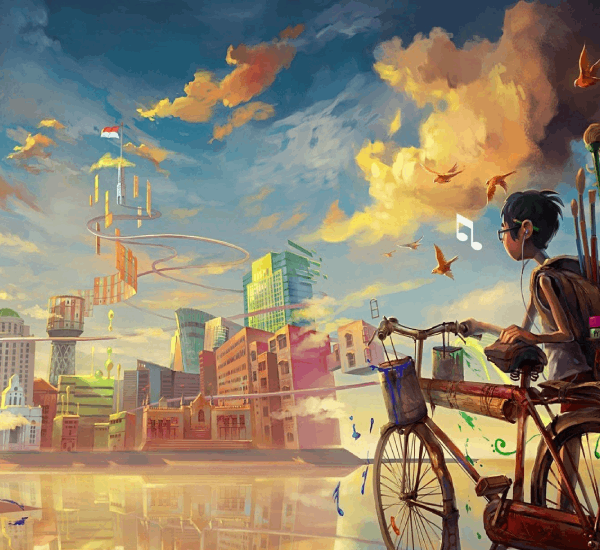
Art is more than just an aesthetic pursuit. For centuries, visual art has been used as a tool for expression, communication, and storytelling. Through paintings, sculptures, and other forms of visual art, artists have captured the essence of human emotions and experiences, telling stories that transcend time and place.
From the earliest cave paintings to the works of the Renaissance masters, art has been a reflection of the human condition. Each brushstroke, sculpture, and installation carries with it the artist’s interpretation of the world around them. While some artists use their work to convey personal experiences, others use it to comment on social and political issues, creating powerful visual statements that resonate with people across the world.
In contemporary art, artists continue to use their work as a form of personal expression. Whether through abstract paintings or modern sculptures, today’s artists have developed new techniques and styles that push the boundaries of traditional art forms. Artists like Fritz Silorio bring a unique perspective to their creations, infusing them with meaning and emotion that invite viewers to reflect on the world in new ways.
The Role of Art in Society:
By harnessing the power of visual expression, artists can communicate complex ideas and emotions in ways that words alone cannot. Art continues to be a transformative force in society, shaping how we understand ourselves and the world around us.
2025 © All rights Reserved by Fritz Silorio.